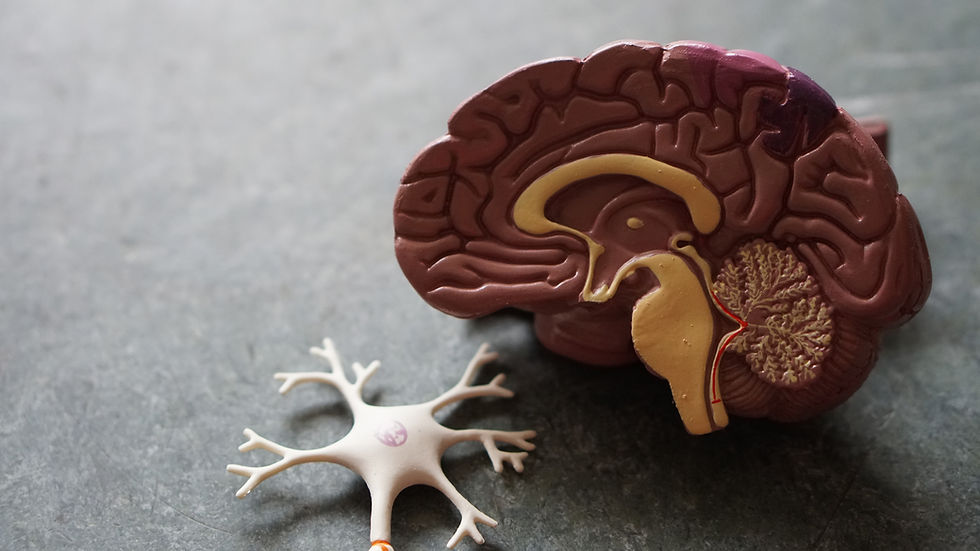Proprioception: The Hidden Sense That Keeps Adults Balanced
- Mulberry Chiropractic
- Apr 12, 2024
- 2 min read

Welcome to the realm of human physiology, where intricate mechanisms underpin our daily actions. In this article, we delve into the world of proprioception, an often-overlooked sense that plays a crucial role in maintaining our balance and coordination. As we explore this fundamental aspect of our nervous system, you'll gain insight into how proprioception contributes to our ability to move seamlessly through the world.
Unraveling the Science of Proprioception:
Proprioception, a complex term derived from Latin roots, refers to our innate ability to sense the position, movement, and orientation of our body parts. Unlike our familiar senses of sight and touch, proprioception operates primarily on an unconscious level, providing us with invaluable information about our body's internal state.
The Mechanisms Behind Proprioception:
At the core of proprioception are specialized sensors called proprioceptors, which are located within our muscles, tendons, and joints. These sensors constantly relay information to our brain about the tension, length, and stretch of these body parts. This continuous feedback loop allows our brain to calculate where our limbs are in space and how they are moving without us consciously having to think about it.
The Role of Proprioception in Balance and Coordination:
Proprioception is the unsung hero behind our remarkable ability to maintain balance and coordination. It allows us to perform tasks such as walking, reaching for objects, and even typing on a keyboard without constantly checking the position of our limbs. When we close our eyes and touch our nose, it's our well-developed proprioceptive sense that guides our hand to the target.
Impact on Motor Control and Injury Prevention:
Proprioception goes beyond basic movement; it significantly contributes to our motor control and injury prevention. By providing real-time information about joint angles and muscle tension, proprioception helps us make rapid adjustments to our movements. This fine-tuning is vital for avoiding accidents, responding to unexpected obstacles, and maintaining proper posture.
Maintaining Healthy Proprioception:
As adults, maintaining a healthy proprioceptive sense is essential for overall well-being. Engaging in regular physical activity and exercises that challenge balance, such as yoga or balance training, can help enhance proprioception. Additionally, proper nutrition, hydration, and sufficient sleep contribute to optimal nervous system function, supporting healthy proprioception.
Conclusion:
Proprioception is the intricate sense that silently guides our movements and keeps us steady in a dynamic world. By understanding the science behind this remarkable ability, we gain insight into our body's incredible capacity to navigate its surroundings. From maintaining balance to preventing injuries, proprioception remains a foundational element of our well-being. As you go about your daily activities, remember that this hidden sense is working tirelessly to ensure your movements are precise, graceful, and in harmony with your environment.



Comments